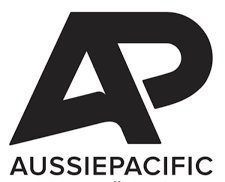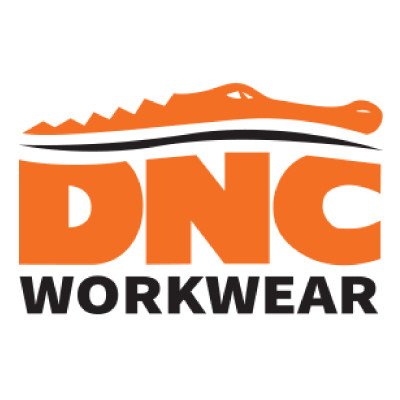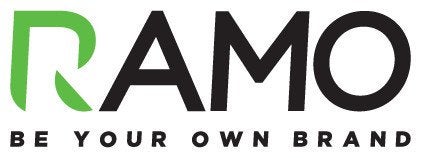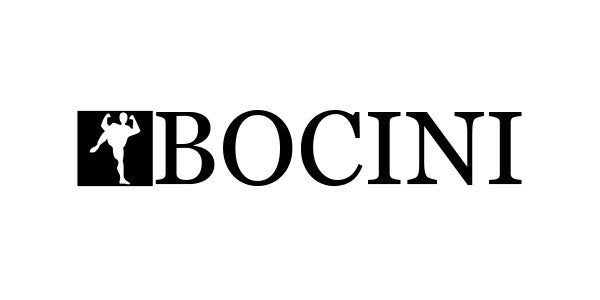
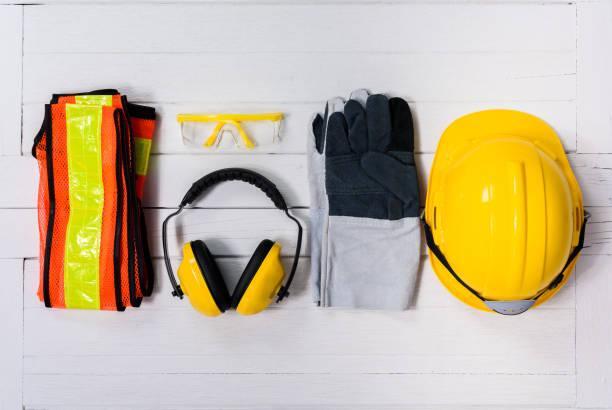
Workwear has come a long way from purely functional attire to a symbol of style and identity in many industries. Initially designed for safety, durability, and utility, workwear has evolved to incorporate fashion-forward designs while maintaining its primary purpose. For businesses and workers in Chipping Norton, finding the perfect balance between practicality and style has become essential in designing workwear that meets functional and aesthetic needs.
In this blog, we'll explore the transformation of workwear in Chipping Norton and across Australia’s over the years, tracing its journey from a basic necessity to a fashion statement and how this shift impacts industries today.
The Early Days of Workwear: Function Above All
Workwear in the Industrial Revolution
Workwear, as we know it today, emerged during the Industrial Revolution in the 18th century. With the rise of factories and mass production, workers needed clothing that could withstand the harsh conditions of industrial labour. Durability and safety were the top priorities. Heavy fabrics like denim and canvas became the go-to materials for workwear, offering protection from dirt, heat, and machinery.
• Denim and Canvas: Durable fabrics resistant to wear and tear were essential for factory workers, miners, and farmers.
• Heavy Construction: The workwear design during this period focused heavily on reinforcing high-stress areas like knees and elbows, using rivets and double stitching for extra strength.
Though far from stylish, this early workwear set the foundation for modern uniforms by prioritising protection, resilience, and utility.
The Rise of Uniforms in the Workforce
As work became more specialised, so did the need for job-specific attire. Workwear expanded beyond factory settings into roles such as medical professionals, chefs, and mechanics. Uniforms began to standardise the workforce, making identifying employees in various sectors easier.
• Safety and Uniformity: Uniforms helped promote safety while providing a sense of unity and professionalism.
• Functionality: Pockets, reinforced stitching, and strong buttons were added to make uniforms more functional for different roles.
The Shift Towards Fashion in Workwear
Workwear Meets Fashion in the 20th Century
In the mid-20th century, workwear began to break away from its purely functional roots. Iconic brands started to merge fashion with utility, creating garments that were both durable and stylish. Once solely a work fabric, denim became a staple in mainstream fashion, popularised by celebrities and cultural movements.
• Denim's Transformation: Denim transitioned from a workwear essential to a fashion symbol. Celebrities like James Dean helped make denim jeans synonymous with rebellion and style.
• Casual Workwear: The line between workwear and casual attire began to blur, with garments like overalls, utility jackets, and boots making their way into everyday wardrobes.
This period began the fusion of functionality and fashion, a trend influencing workwear in Chipping Norton and beyond.
Modern Workwear Brands Take the Lead
By blending fashion and workwear, brands began producing uniforms catering to safety requirements and aesthetic preferences. High-profile designers even entered the workwear space, crafting pieces that appealed to blue-collar workers and fashion enthusiasts alike.
• Designer Collaborations: High-end fashion houses collaborated with workwear brands, bringing a new level of sophistication to practical garments.
• Customisation: As workwear evolved, more businesses embraced customisation, allowing employees to wear workwear in Chipping Norton that fulfilled safety standards and reflected personal style and corporate branding.
Current Trends in Workwear: Fashion with Functionality
High-Performance Fabrics
Modern workwear combines the best of both worlds — style and technology. High-performance fabrics have become the backbone of contemporary workwear, offering features like breathability, moisture-wicking, and weather resistance. These materials ensure comfort while maintaining a professional appearance.
• Moisture-Wicking Fabrics: These fabrics keep workers dry and comfortable, especially in industries like hospitality, construction, and healthcare.
• Weather-Resistant Materials: For outdoor workers, such as landscapers and builders, workwear now includes weather-resistant fabrics to protect against the elements.
Sustainable Workwear
Sustainability has become a significant trend in workwear. With increasing environmental awareness, businesses in Chipping Norton and beyond are seeking eco-friendly options for their uniforms. Companies prioritise sustainability in their workwear choices, from organic cotton to recycled polyester.
• Eco-Friendly Fabrics: Organic cotton, recycled materials, and natural fibres are becoming popular for workwear designs.
• Ethical Production: More brands focus on ethical manufacturing processes, ensuring that workwear is sustainable and produced under fair working conditions.
Customisation and Branding in Workwear
Workwear as a Brand Identity
In today's competitive business world, uniforms are crucial in branding. Companies increasingly opt for custom workwear in Chipping Norton, incorporating logos, colours, and specific designs that align with their corporate image.
• Custom Embroidery and Prints: Businesses customise their workwear with branded embroidery or screen printing, creating a cohesive and professional look.
• Colour Schemes: Choosing the right colour for workwear can significantly enhance brand recognition, making uniforms a vital part of a company's marketing strategy.
Balancing Comfort and Style
Modern employees expect their workwear to be comfortable, stylish, and reflect the brand they represent. As such, companies are investing in uniforms that offer protection and durability, look good, and feel comfortable throughout the workday.
• Comfort-Driven Design: Adjustable features, lightweight fabrics, and ergonomic cuts are becoming standard in workwear, ensuring employees are both comfortable and fashionable.
• Fashion-Forward Styles: From slim-fit trousers to tailored jackets, workwear is now designed with an eye on contemporary fashion trends, ensuring workers look professional and stylish.
The Future of Workwear: What to Expect
Wearable Technology in Workwear
As technology advances, we can expect to see the integration of wearable tech in workwear. From temperature-regulating fabrics to built-in GPS and health-monitoring devices, the future of workwear in Chipping Norton will likely include tech-savvy solutions that improve safety, productivity, and comfort.
• Smart Fabrics: These materials can adapt to the wearer's environment, offering cooling, heating, or moisture control as needed.
• Built-In Technology: GPS tracking and health-monitoring sensors could be built directly into workwear, providing real-time safety and health data to employers.
Increased Focus on Personalisation
As fashion continues influencing workwear, the demand for personalised uniforms will likely increase. Businesses will seek unique, custom designs that not only meet the functional needs of their employees but also reflect their individual style and brand image.
• Customised Workwear: Employees may have more input into the design of their uniforms, ensuring that their workwear in Chipping Norton is both comfortable and reflective of their personal and professional identity.
• Enhanced Branding: Uniforms will continue to be a vital tool in corporate branding, with businesses placing even more emphasis on creating cohesive, stylish, and easily recognisable workwear.
FAQs about the Evolution of Workwear
1. How has workwear changed over the years?
Workwear has evolved from purely functional clothing to a blend of functionality and fashion. Initially, it focused on durability and safety, but over the years, it has incorporated elements of style and comfort. Modern workwear also uses advanced fabrics and customisation options to meet both safety standards and fashion preferences.
2. What are the most popular fabrics used in today’s workwear?
Today’s workwear is often made from high-performance fabrics like polyester, cotton blends, and moisture-wicking or weather-resistant materials. These fabrics offer durability, comfort, and functionality, making them ideal for various industries.
3. Why is customisation significant in workwear?
Customisation allows businesses to create uniforms that reflect their brand image while meeting their employees' specific needs. Custom workwear in Chipping Norton can include company logos, colours, and designs, which helps to enhance brand recognition and create a professional appearance.
4. What can we expect from the future of workwear?
The future of workwear is likely to include wearable technology, such as temperature-regulating fabrics and built-in GPS or health-monitoring devices. There will also be a greater emphasis on sustainability and personalisation, with businesses focusing on eco-friendly materials and unique designs for their uniforms.
Fully Promoted Liverpool
Unit 4 / 43 Heathcote Road
Moorebank New South Wales 2170
Fully Promoted has a great range of team and sport shirts.
See moreFabric, fit and style are all on offer with our range of classic business shirts.
See moreFully Promoted has a great range of smart casual shirts.
See moreFully Promoted has a great range of hard wearing trade shirts.
See moreSafety first is a feature of our hi-vis wear. Be seen when and where it counts.
See moreZip up trends for warmth and styling are both practical and ideal for branding.
See moreNothing beats Hoodies and Fleece for warmth and comfort. Great styling and a huge range of colours.
See moreShow off your branding and your conference theme with our special purpose conference bags
See moreCooler bags create the perfect big chill, making them a great gift idea.
See moreYou can never have enough data storage. USBs make the perfect giveaway or conference freebie.
See moreExperience
We have more than a decade of experience sourcing and supplying uniforms and promotional products, and we partner with the most responsive wholesale suppliers to bring you an extensive range of products to choose from delivering great features and best value for money.
Create exactly the look you want with a variety of branding options. Our experts can help you discover which techniques will best represent your brand and your budget.
Whether it’s embroidery for your garments, screen printing for a run of apparel, or the latest in branding technology with direct to transfer printing, Fully Promoted has you covered.
Contact Fully Promoted today.
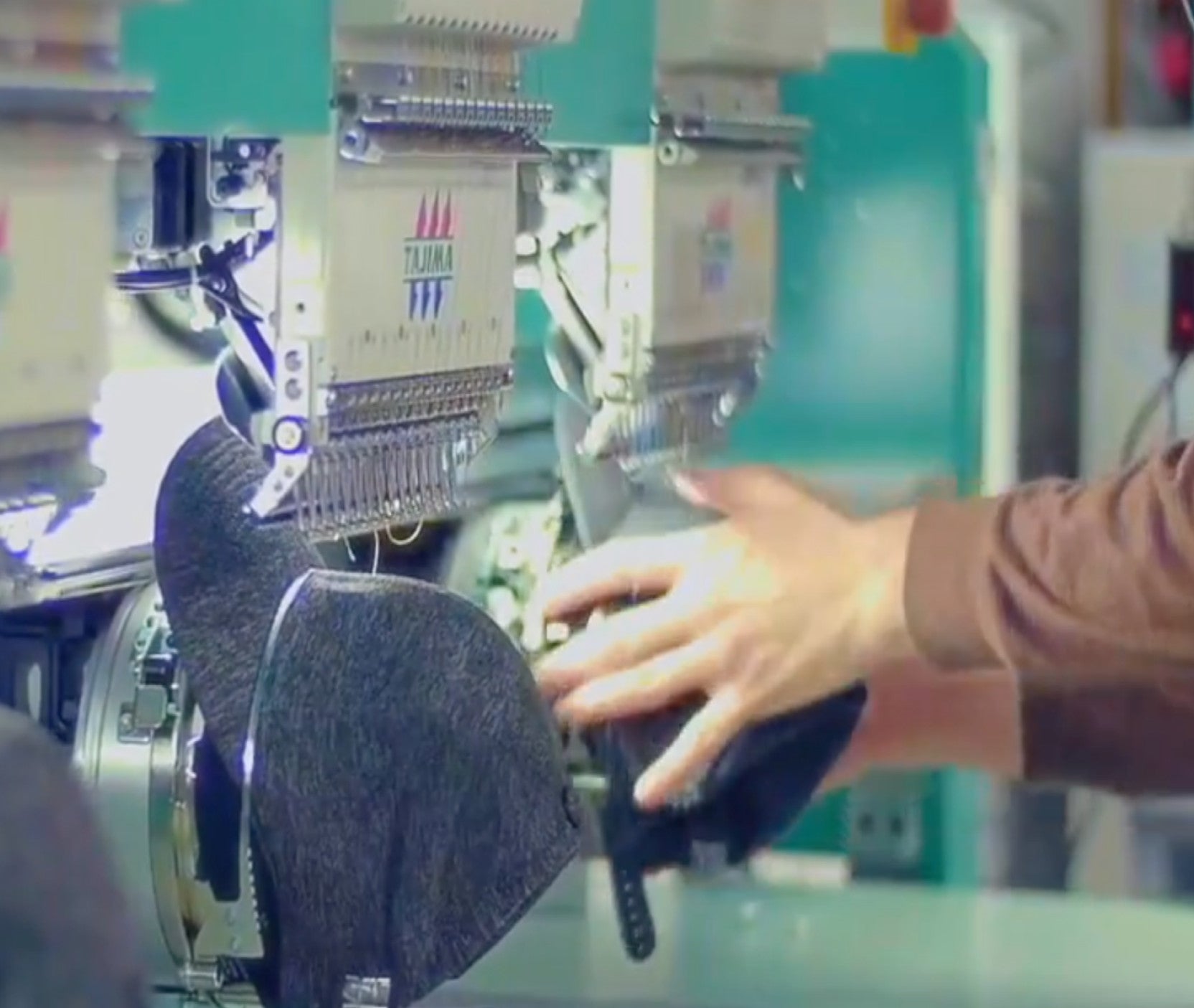
At Fully Promoted we supply and brand jackets, shirts, t-shirts, caps, hi-vis gear, promotional products and more. We only sell top quality apparel and promotional products and use the best branding processes, to ensure you get professional, long-lasting results.
GDPR Notice | ADA Notice | Privacy Policy
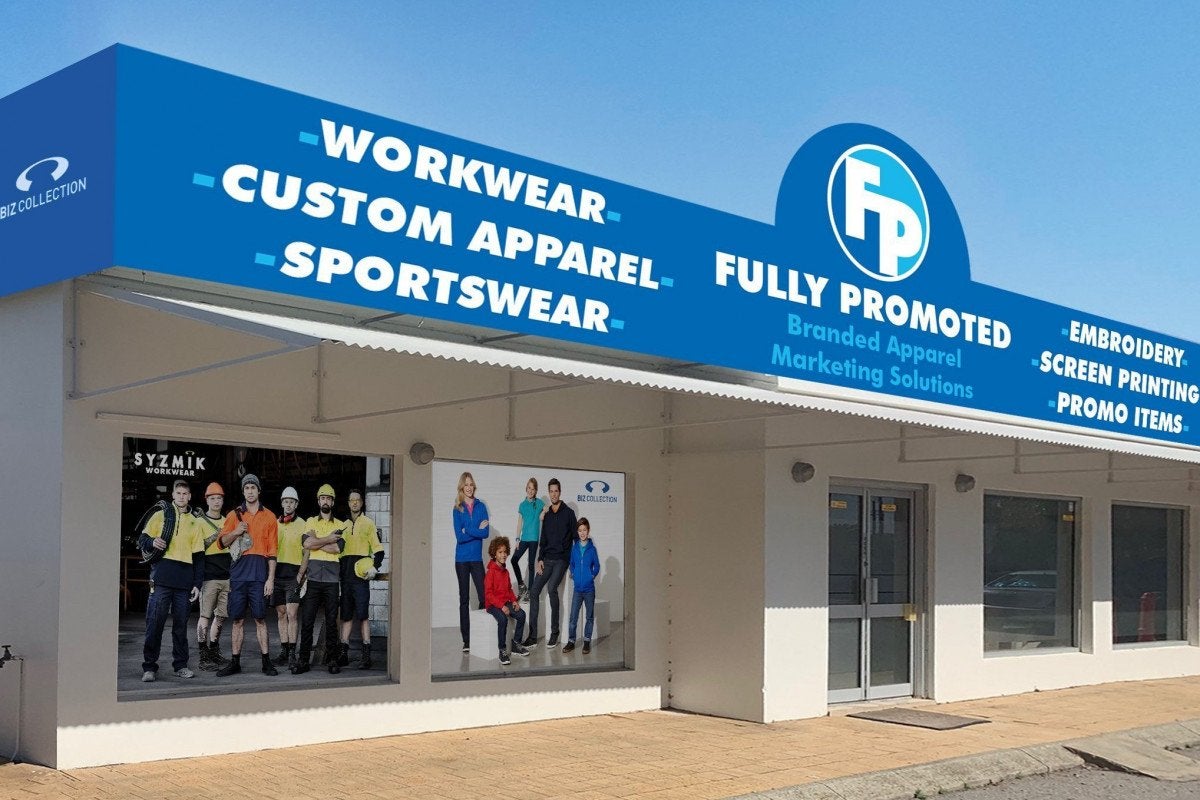
Join our winning team and own your future with
Fully Promoted - the largest promotional franchise
in Australia.
Apply Today!
>
















